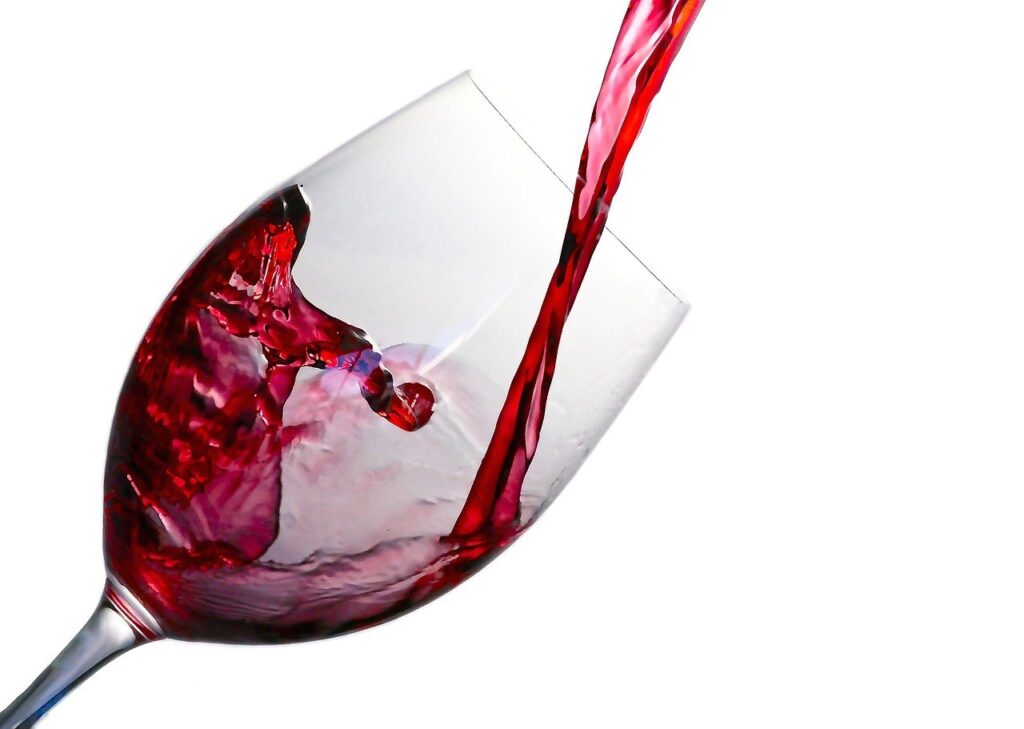Brief introduction to wines
The world of wine is a very wide and complex one since there are a great number of varieties, but they are mainly differentiated by their properties and particularities. This means that they are differentiated by the type of grape from which they are made, by their flavor and color, by the region in which they are made, by their aroma, etc.
There are about 10,000 grape varieties in the world, of which about 1,500 are used to make the wines sold in different countries. Grape varieties are divided into “white” (such as Ribolla Gialla, Chardonnay, Pinot Grigio, etc.) and “red” (such as Cabernet Sauvignon, Malbec, Pinot Noir, Merlot, etc.), according to the pigmentation of the berries.
Although there are many classifications for wines, the 4 most common types are: white, red, rosé and sparkling.
Red wines: Red wines are those made from dark-skinned grapes and have the most tannins. They are characterized by their dark red color. They usually go well with red meats due to their type of body and flavor.
White wines: They are made from green and yellow grapes. Their flavor is usually fruitier with acidic notes, which is why they are good to accompany almost any food. Although they are the ideal accompaniment for white meat dishes.
Rosé wines: They are usually made with the same grapes as red wine, but the skins are removed after some time. They have a lighter taste than red wine, and some may even resemble certain white wines. Rosé wines tend to be very popular for adapting to any situation.
Sparkling wines: They are made from white, red, and rosé wine grapes. However, this type of wine has a large amount of carbon dioxide bubbles, which generates a large amount of foam when it is uncorked. They should be served chilled and are perfect for celebrations.
Now that we have briefly reviewed the ABC of wines, we will refer to the wines made with the grape variety that concerns us in this article, the Ribolla Gialla grape. These wines have an incredible balance of fruit and acidity that makes them very pleasant and easy to drink. Let’s take a closer look at this wonderful variety.
Origins of Ribolla Gialla Wine
There is documentation that proves the presence of this wine variety since the beginning of the 14th century. Even in 1402, in the city of Udine, a law was passed that protected the vinification of Ribolla by prohibiting the blending of this grape with other grapes.
As you can see, this variety has a millenary history, and today it is booming, being one of the most produced in Italy. It is believed that the grape originated in Greece and came to the Friuli-Venezia Giulia region via Slovenia.
Today it is grown mainly in Friuli-Venezia Giulia, around Gorizia and Rosazzo, a region located in northwestern Italy. However, it is also grown in some parts of Slovenia, like the Brda region, where this variety is called Rebula.
Characteristics of Ribolla Gialla
The most important thing to note is that Ribolla is very versatile, as dry wines (young and aged), macerated wines, and sparkling wines have been made from this type of grape. It is a variety that allows creating different types of wines.
It is a yellow-skinned grape (Gialla means yellow in Italian) and thick. This makes its skin perfect for maceration for long periods of time, which depends on each production area. In some places, the must is macerated with the skins for eight or ten days (short macerations), and in other places very long macerations are carried out, lasting months (from one or two, up to six months).
This is how the best Ribolla Gialla wines can be obtained, through long macerations. Long aging in barrels or amphorae also produces the noblest orange wines in Italy, as Ribolla ages very well, in some cases for up to seven years. The more this wine is aged, the more it has a nutty flavor.
The wines that are elaborated in Friuli are a bit different between the ones that come from the south and the ones of the central region, being that the latter has a little more body.
